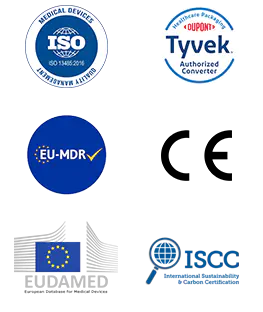In recent years, with the growing demand for sterilization in medical, laboratory, and industrial settings, the market for Sterilization Self-Sealing Pouches has continued to expand. However, rising raw material costs, supply chain fluctuations, and concerns over ethylene oxide (EO) residue have become core challenges for the industry. As a key player in the sector, Hopeway AMD continues to optimize materials and processes in response to these market dynamics.
Industry Status: Growing Demand Amid Cost Pressures
Sterilization self-sealing pouches are widely used for sterile packaging of medical devices, dental consumables, and laboratory tools. Their key advantages include a convenient self-sealing design, microbial barrier performance, and compatibility with various sterilization methods (e.g., steam, EO, and irradiation). However, the industry is currently facing the following challenges:
1. Rising Raw Material Costs and Supply Chain Pressure
Key materials for sterilization pouches include medical-grade high-density polyethylene (HDPE), Tyvek-like breathable materials, and medical-grade dialysis paper. In recent years, prices for these materials have steadily increased due to global supply chain disruptions, resulting in higher production costs.
| Key Raw Material | Price Trend | Affected Aspects |
| Medical-grade HDPE | Rising steadily | Bag structure, sealing |
| Tyvek-like materials | Tight supply | Sterilant permeability |
| Medical dialysis paper | Slight fluctuation | Bacterial barrier performance |
Hopeway AMD addresses cost pressure by optimizing procurement strategies, exploring alternative materials (e.g., eco-friendly composite films), and improving production efficiency.
2. EO Residue Issues Under Regulatory Scrutiny
Ethylene oxide (EO) sterilization is widely used for heat-sensitive medical devices due to its effectiveness. However, EO residues may pose potential health risks to patients, prompting increasingly stringent limits from regulatory authorities such as the FDA and CE.
Key Industry Pain Points:
High testing costs: Detection requires specialized equipment like gas chromatographs.
Long aeration time: Extends delivery timelines.
Strict material compatibility: Traditional packaging materials may absorb EO, increasing residue risk.
Hopeway AMD' Solutions Include:
Optimizing material formulations to reduce EO absorption;
Enhancing breathable structure designs to accelerate sterilant release;
Providing residue testing guidelines to help clients ensure compliance.
Future Trends: Sustainability and Intelligent Development
With increasingly stringent regulations on medical device packaging and growing global attention to environmental responsibility, the sterilization self-sealing pouch industry is rapidly transforming toward sustainability and intelligent innovation. This shift not only responds actively to environmental pressures but also serves as a key strategy for enhancing technological standards and building user trust within the industry.
1. Application of Eco-Friendly Materials
Driven by the green packaging trend, traditional non-degradable materials such as PE and PET are gradually being replaced by more environmentally friendly alternatives. Among them, polylactic acid (PLA), a biodegradable plastic, has become a major focus in research due to its biocompatibility and decomposability. In natural environments, PLA can be broken down by microorganisms into water and carbon dioxide, significantly reducing the long-term environmental impact of medical waste.
In addition, companies are continually optimizing pouch structures to reduce material usage. By lowering thickness without compromising barrier performance or strength, thinner packaging designs help reduce transport weight and volume, thereby cutting carbon emissions. Some manufacturers are also exploring the use of recycled materials or mono-material designs to simplify recycling processes and promote a circular economy.
2. Intelligent Sterilization Tracking
To improve sterilization management efficiency and traceability, intelligent technologies are being progressively integrated into sterilization packaging. One common method is the use of chemical indicator labels, such as color-changing inks or sterilization dots. When the sterilization process meets preset conditions, the indicator changes color, providing a clear visual confirmation that helps healthcare workers determine whether a product is safe for use.
Taking it further, digital information is being embedded into packaging labels—for instance, through printed QR codes or NFC chips—to record and track sterilization batches, production dates, and expiration periods. This enhances product verification for end-users and supports medical facilities with digital inventory management, product recalls, and quality monitoring, boosting overall operational safety and efficiency.
With the advancement of technologies such as the Internet of Things (IoT) and blockchain, sterilization self-sealing pouches are expected to achieve higher levels of information interaction and remote monitoring, offering robust support for the future of smart healthcare systems.
While the sterilization pouch industry continues to grow rapidly, it must also address the dual challenges of cost control and sterilization safety. Hopeway AMD is responding with ongoing technological innovations and process optimization to strengthen product competitiveness and support sustainable industry development. In the future, with the integration of new materials and smart technologies, sterilization packaging will become safer, more efficient, and more environmentally friendly.

 English
English Français
Français Deutsch
Deutsch Nederlands
Nederlands

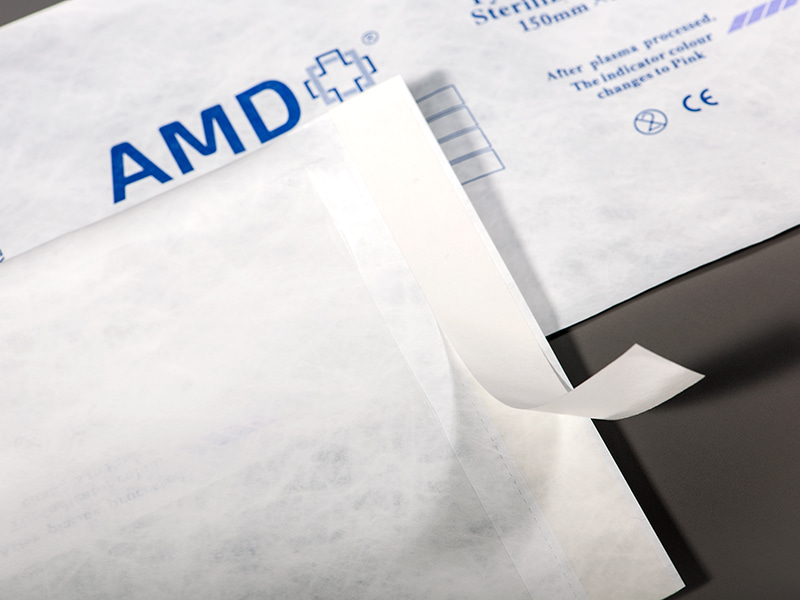
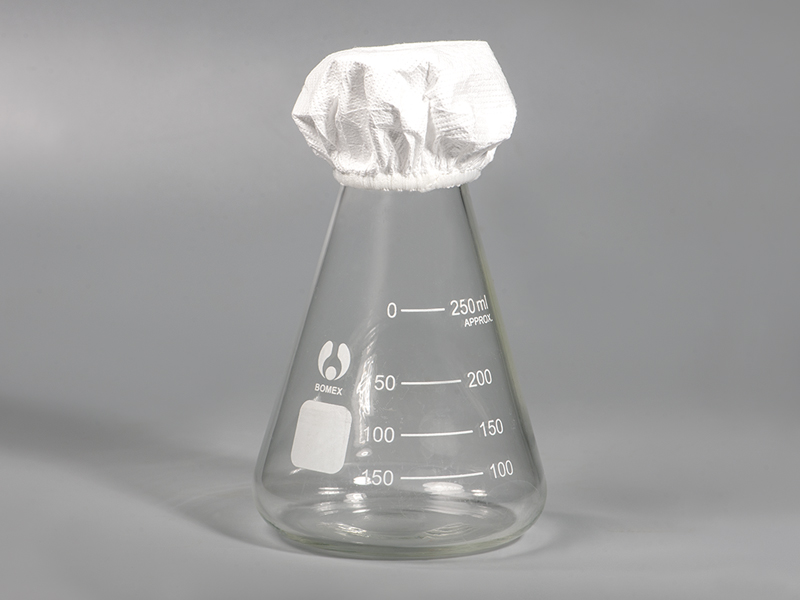
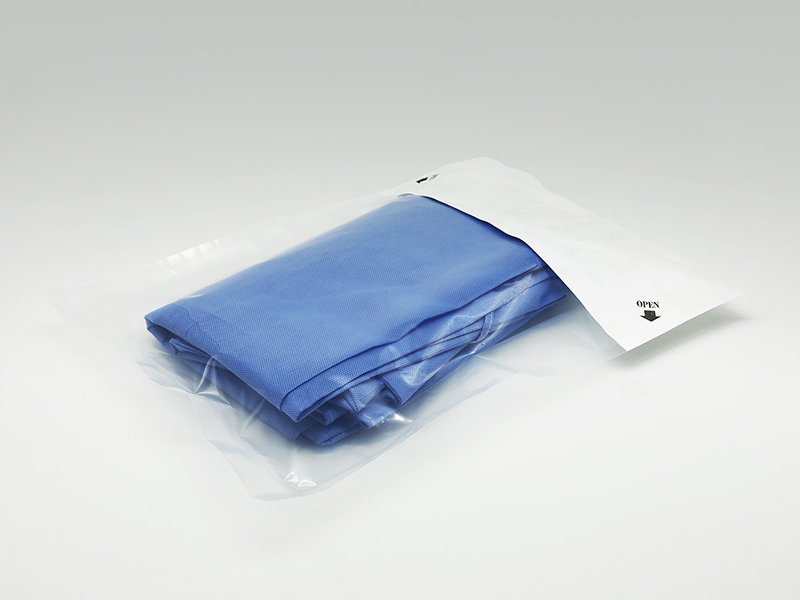


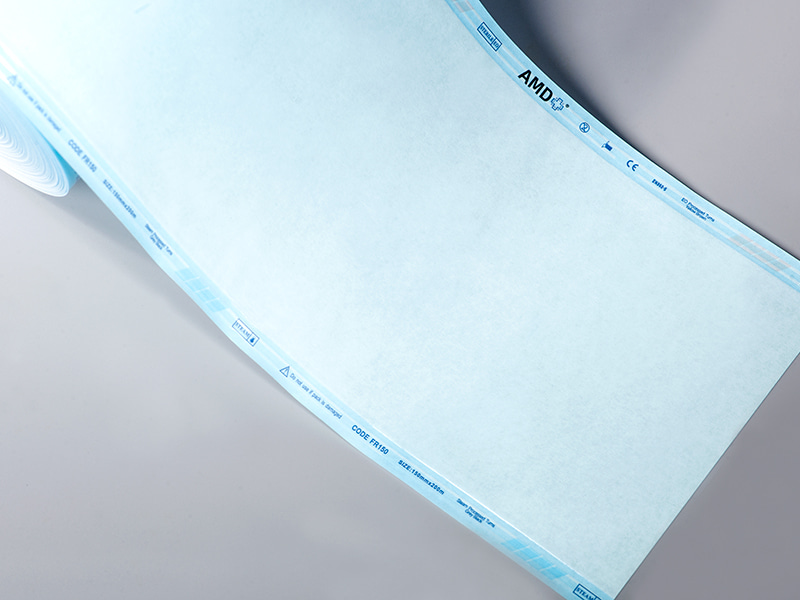
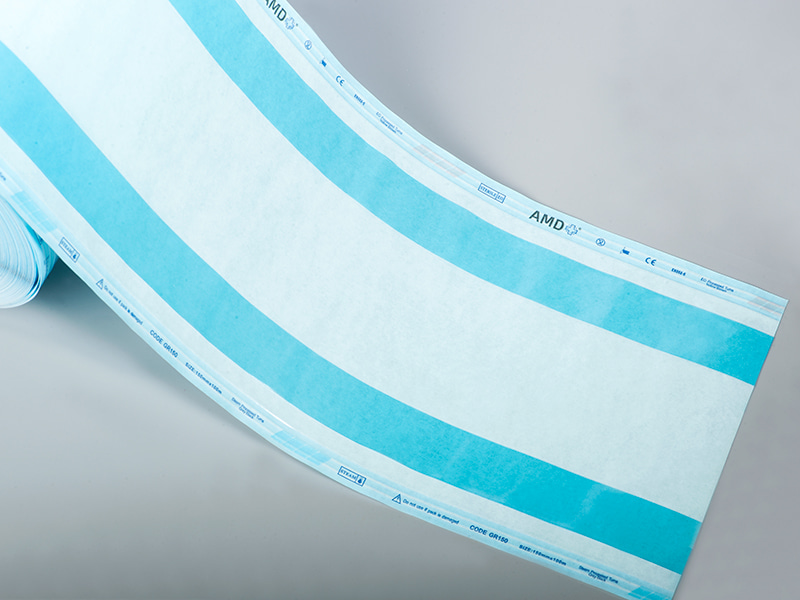
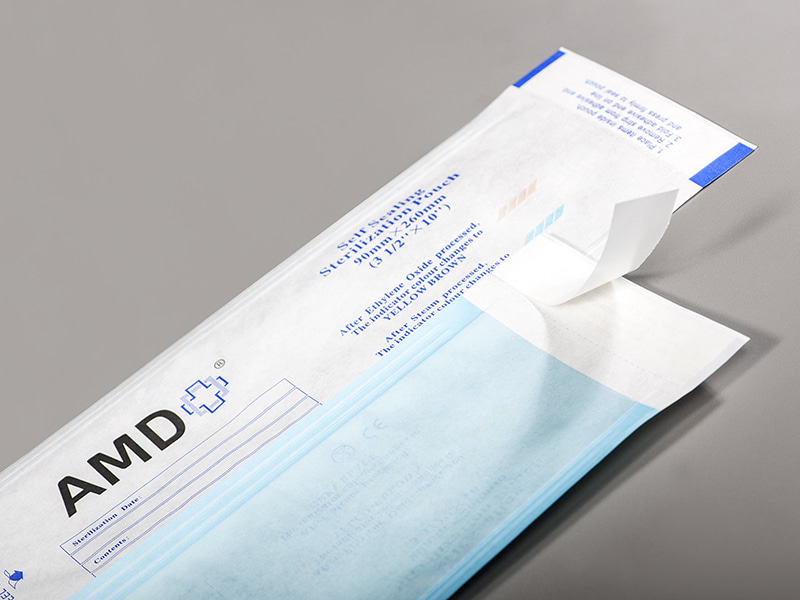
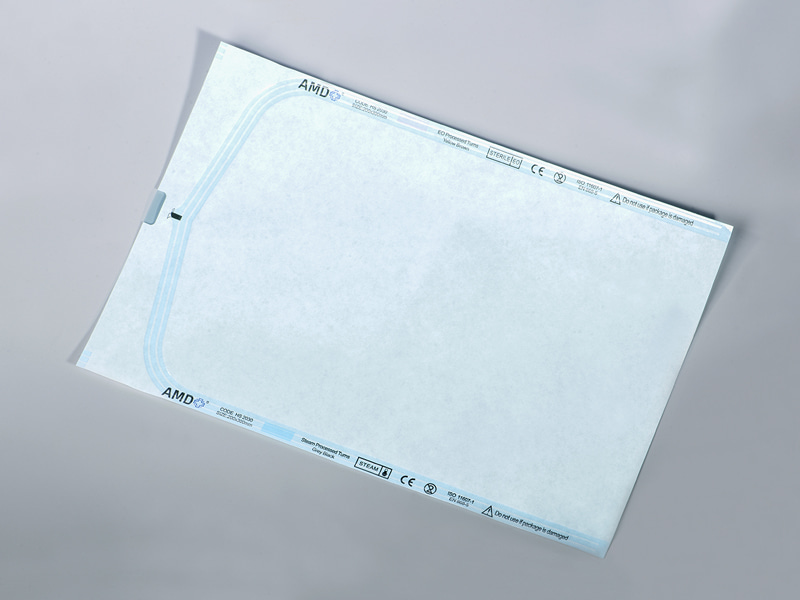
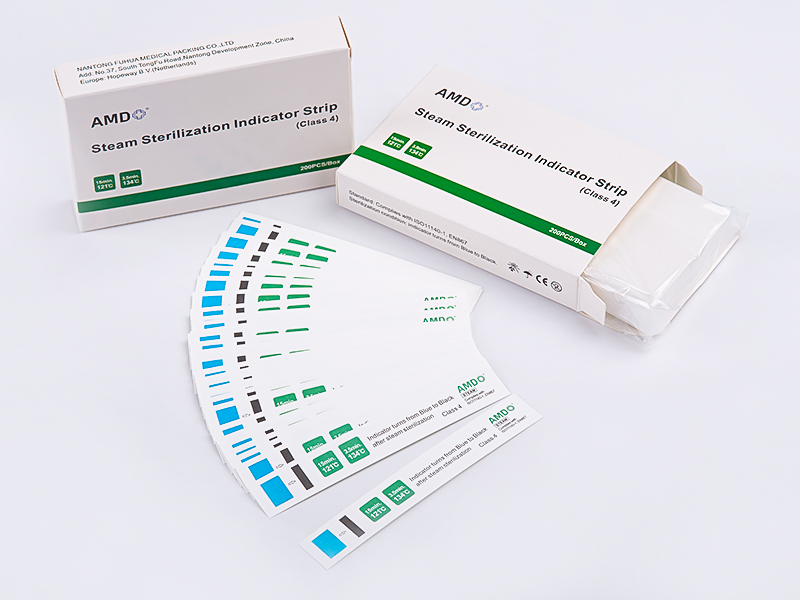
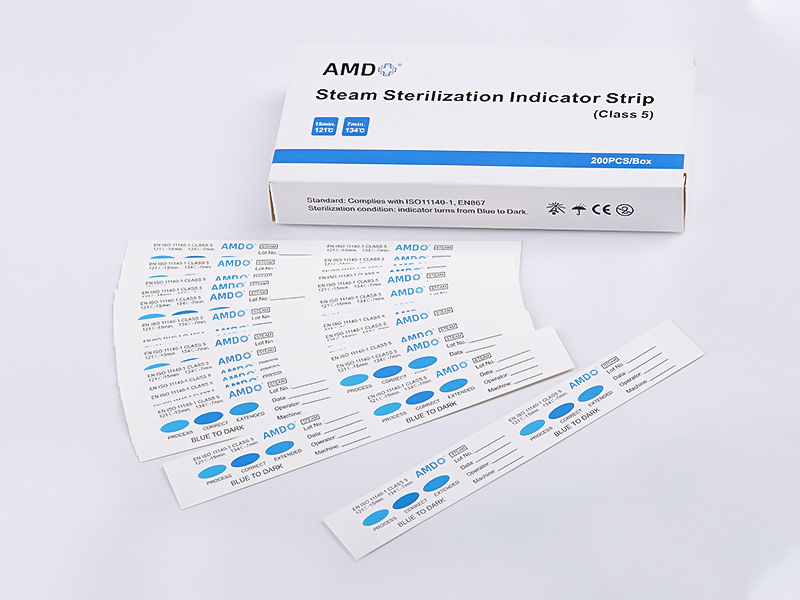

 ‘s-Gravenweg 542, 3065SG RotterdamThe Netherlands
‘s-Gravenweg 542, 3065SG RotterdamThe Netherlands
 +31 (0)10 254 28 08
+31 (0)10 254 28 08
